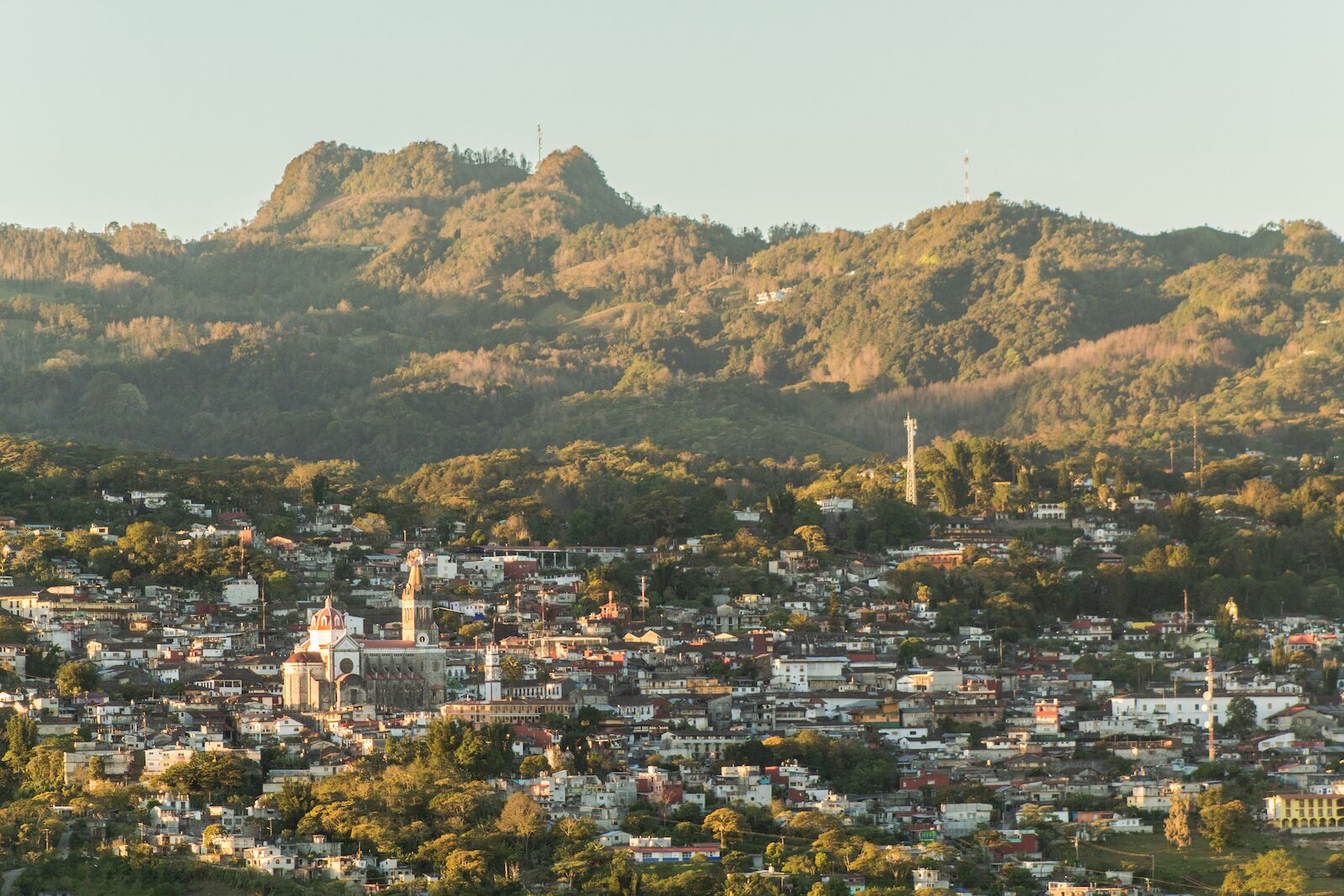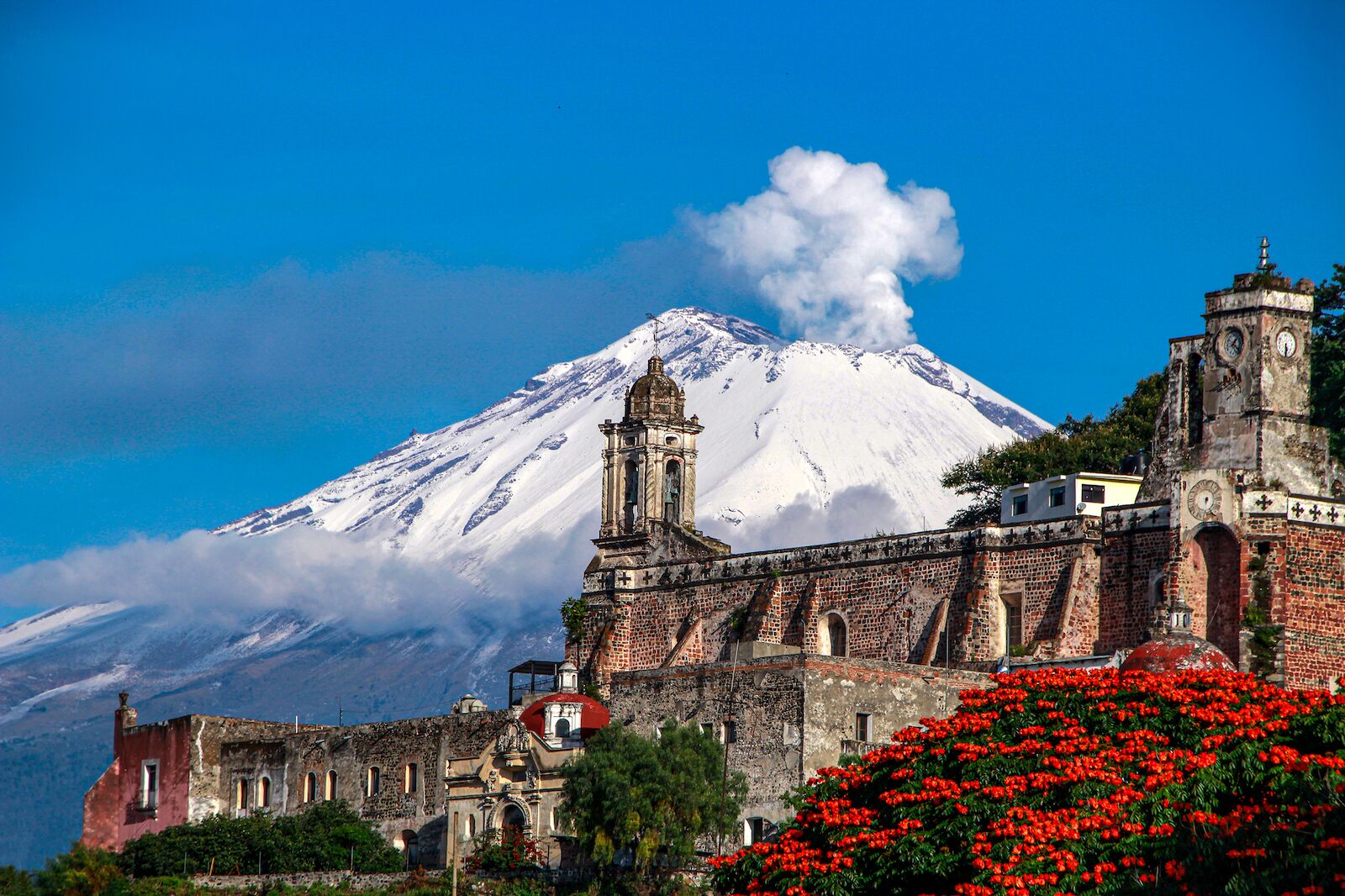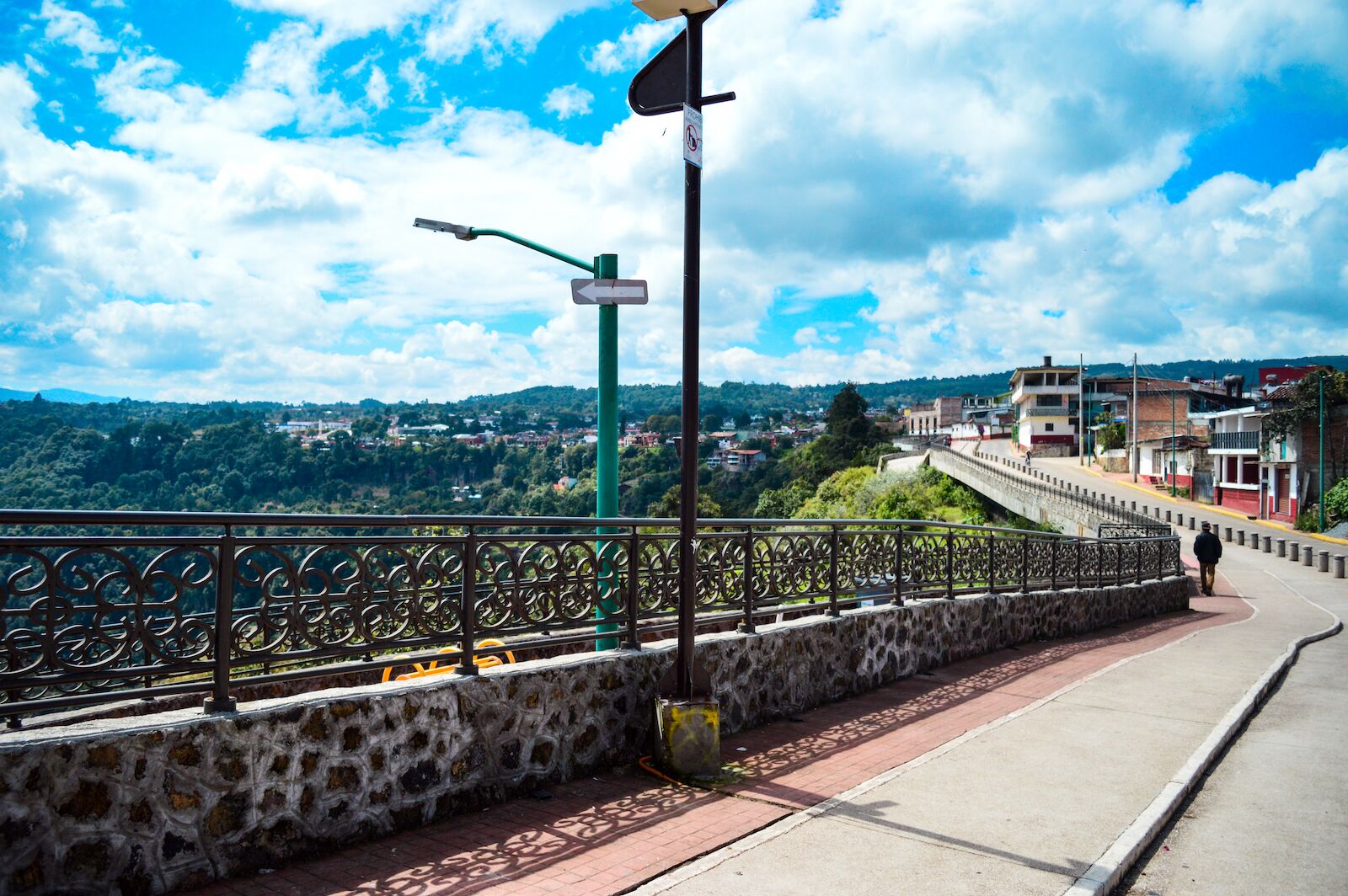The state of Puebla gets less attention from tourists than Quintana Roo, Baja California Sur, or Oaxaca. However, located just south of Mexico City in the center of the country, Puebla should be on every travelers list for its food (the birthplace of mole poblano), its architecture, and it’s pre-Hispanic history.
Puebla is full of destination-worthy and picturesque towns to visit regardless of what you’re looking to experience. Here’s where to go whether it’s your first trip or thousandth.




